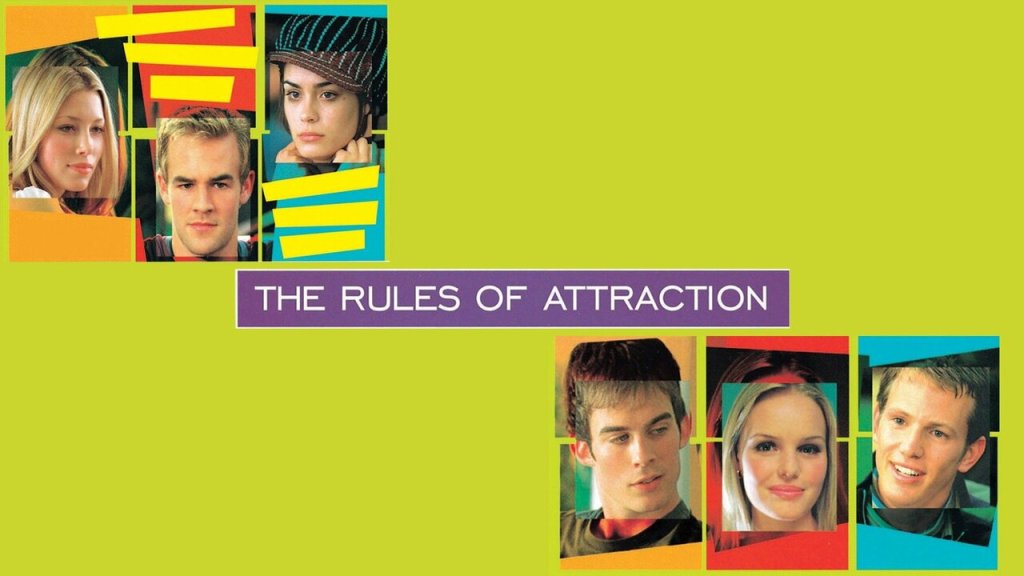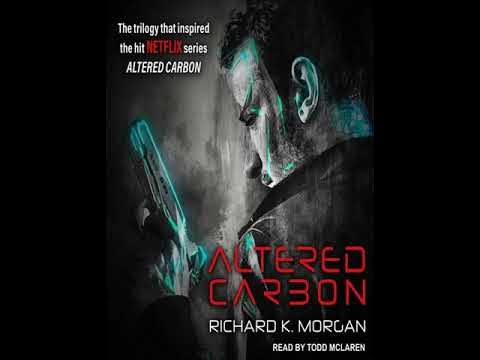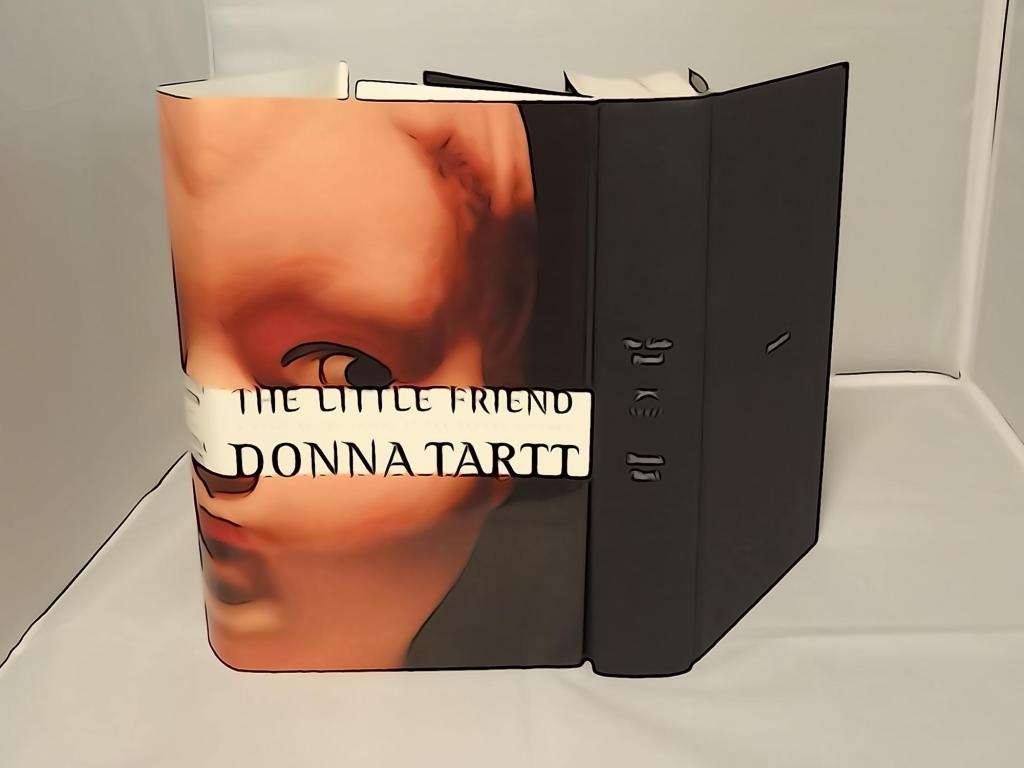In the literary world, few authors capture the essence of youthful turbulence quite like Bret Easton Ellis. “The Rules of Attraction,” published in 1987, stands as a testament to Ellis’s uncanny ability to dissect the complexities of human relationships, desire, and the disillusionment that often accompanies them. In this review, we delve into the chaotic canvas of desire painted within the pages of this seminal novel.
Set on the campus of a fictional liberal arts college in the 1980s, “The Rules of Attraction” unfurls a narrative that interweaves the lives of a handful of characters navigating the treacherous terrain of love, lust, and self-destruction. Sean Bateman, a charming yet troubled student, finds himself entangled in a web of casual encounters and substance abuse, his existential ennui palpable with every turn of the page. Lauren Hynde, disillusioned and emotionally detached, seeks solace in fleeting connections and chemical escapades, masking her vulnerability beneath a veneer of indifference. And then there’s Paul Denton, Sean’s openly bisexual friend, whose romantic entanglements and search for meaning mirror the existential angst that permeates the novel.
Ellis employs a fragmented narrative style, with multiple perspectives and a non-linear timeline, mirroring the disjointed nature of his characters’ lives. Through this kaleidoscopic lens, he exposes the raw underbelly of desire, laying bare the hollow pursuit of gratification in a world devoid of meaning. Yet amidst the chaos and depravity, moments of genuine emotion and fleeting connection emerge, offering glimpses of humanity’s inherent longing for intimacy and understanding.
One of the novel’s most striking aspects is its unflinching portrayal of the hedonistic excesses of the privileged elite. Ellis pulls no punches in depicting the decadence and debauchery that define the social landscape of the college campus, serving as a scathing indictment of a generation lost in a haze of materialism and moral ambiguity. From drug-fueled parties to casual encounters devoid of emotional resonance, the characters in “The Rules of Attraction” navigate a world where pleasure is currency and authenticity is a rare commodity.
Despite its bleak portrayal of modernity’s discontents, “The Rules of Attraction” is not without moments of dark humor and biting satire. Ellis’s prose is razor-sharp, his observations keenly perceptive, as he skewers the pretensions and hypocrisies of the world he depicts. Yet beneath the surface cynicism lies a profound sense of empathy for his characters, flawed though they may be, as they grapple with the universal struggle to find meaning and connection in a world that often seems indifferent to their plight.
In conclusion, “The Rules of Attraction” is a potent and provocative exploration of desire, disillusionment, and the search for authenticity in an age of superficiality. Ellis’s unflinching portrayal of the human condition resonates with a timeless relevance, offering readers a stark yet compelling glimpse into the darker recesses of the human psyche. For those willing to confront the existential abyss, this novel is an essential and unforgettable journey into the heart of darkness.
Whether you’re drawn to its raw honesty or repelled by its unflinching portrayal of human depravity, “The Rules of Attraction” demands to be reckoned with, its impact lingering long after the final page is turned. It is a testament to Ellis’s literary prowess and a haunting reminder of the fragility of the human spirit in a world where the rules of attraction are anything but simple.








Leave a comment